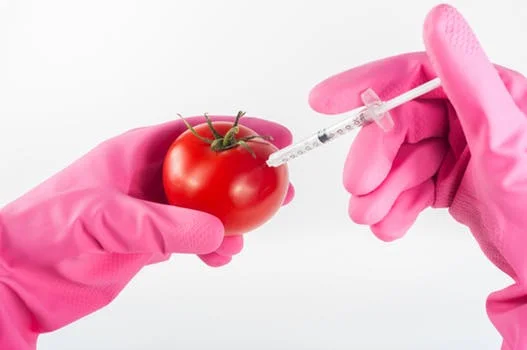CRISPR-Cas9 has revolutionized gene-editing technology over the last several years and has generated fervor in the scientific community. The technology allows scientists to delete selected parts of the genome and replace that genetic information with a desired DNA sequence. The procedure is analogous to using a word processor to find a specific word and then replace it [2]. The specificity and ease of this process has generated ubiquitous optimism about its potential applications in medicine and agriculture. Unfortunately, there has been a growing dispute between two contingents of scientists about who is the rightful inventor of the technology, and on February 15th the Patent Trial and Appeal Board (PTAB) decided whom should receive a patent on CRISPR.
Jennifer Duodna at the University of California-Berkeley leads one camp, while Feng Zhang heads the team of individuals at the Broad Institute of MIT and Harvard. A panel of judges recently granted the Broad Institute a patent to use the CRISPR technology on eukaryotic cells, including those found in humans and other more evolutionarily complex organisms [2]. Duodna and her team were the first to demonstrate that the technology was effective in vitro, while Zhang and other researchers at the Broad Institute successfully performed the procedure inside a living cell. Individuals at the Broad Institute argued that these two accomplishments were distinct in that one did not intuitively lead to the other. Duodna posited that using CRISPR in a test tube was the only innovation: “the key invention was taking a system evolved for a completely different purpose, bacterial adaptive immunity, and engineering it to make genome editing easy, cheap and efficient in any type of cell” [3]. The PTAB sided with the Broad Institute, saying “Broad has persuaded us that the parties claim patentably distinct subject matter” and that “the invention of such systems in eukaryotic cells would not have been obvious over the invention over CRISPR-Cas9 systems in any environment”[1].
Researchers at the University of California are not completely discouraged by this verdict, for they believe that this ruling opens the door to obtaining a patent on the entire CRISPR process. In other words, they reason that they will be able to obtain a patent for using CRISPR on all organisms, and not specifically eukaryotes [3]. Duodna describes this belief as the following: “They have a patent on green tennis balls. We’ll have a patent on all tennis balls” [2].
This decision is unlikely to reduce the amount of progress made in research using the CRISPR technology, because both parties have expressed that they desire CRISPR to be used for public benefit. However, it is likely that companies using CRISPR technology will have to negotiate licenses with the Broad Institute in the form of paying royalties and other fees [2]. Nevertheless, using CRISPR technology has a high potential to discover novel therapies to treat disease, which makes the outcome of this deliberation incredibly noteworthy.
References:
1. McGuire, Lee. "Statement and Background on the CRISPR Patent Interference Process." Broad Institute. February 15, 2017. Accessed March 03, 2017. https://www.broadinstitute.org/crispr/journalists-statement-and-background-crispr-patent-interfer.
2. Pollack, Andrew. "Harvard and M.I.T. Scientists Win Gene-Editing Patent Fight." The New York Times. February 15, 2017. Accessed March 03, 2017. https://www.nytimes.com/2017/02/15/science/broad-institute-harvard-mit-gene-editing-patent.html?_r=0#pt0-486006.
3. Sanders, Robert. "Appeals board clears way for UC Berkeley to receive patent on CRISPR-Cas9 gene editing." Berkeley News. February 15, 2017. Accessed March 03, 2017. http://news.berkeley.edu/2017/02/15/patent-office-determines-uc-broad-institute-patent-claims-on-crispr-cas9-genome-editing-are-separately-patentable/.
